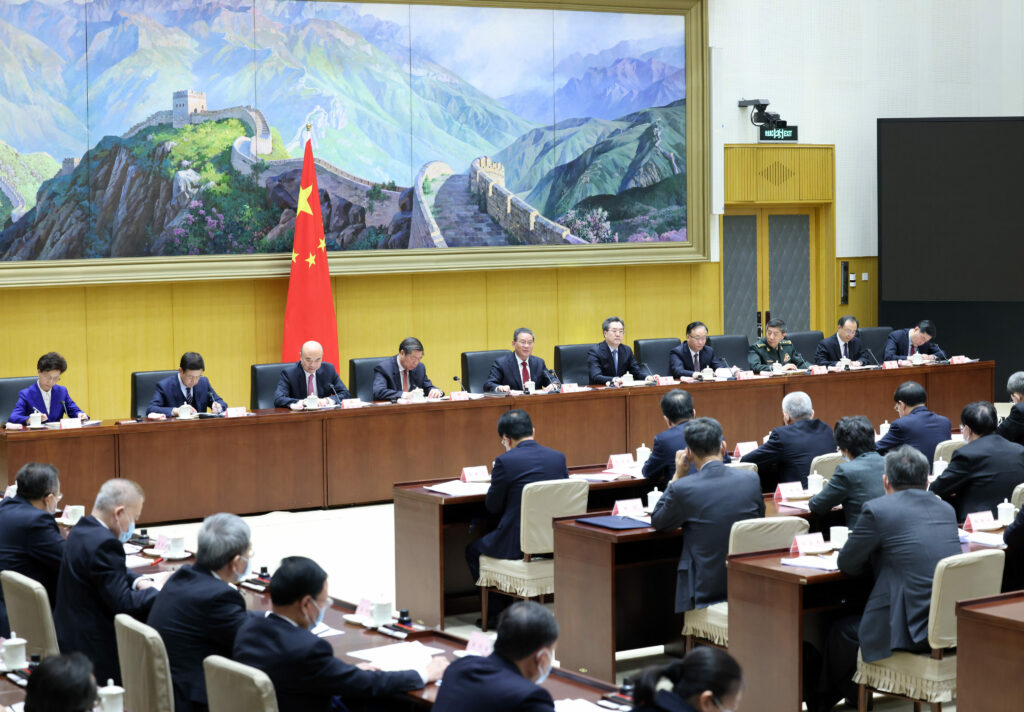
China issued new investment guidelines in mid-August in a bid to attract more foreign capital and improve its foreign investment environment. One of the 24 guidelines addresses government procurement. This post considers three elements of the procurement guideline: guaranteeing national treatment, accelerating revision of its principal procurement law, and urging clarification of “made in China” standards.
China’s State Council issued Opinions on Further Optimizing the Foreign Investment Environment and Increasing Foreign Investment on August 13. It sets out six overarching goals relating to foreign investment: improve the quality of foreign capital; guarantee national treatment for foreign-invested enterprises (citing government procurement); strengthen protection; improve facilitation; increase financial and tax support; and improve methods of promoting foreign investment. It particularly encourages investment by foreign firms in research and development centers, advanced manufacturing, and biomedical and digital sectors.
The procurement guideline directs entities to guarantee participation by foreign-invested enterprises (FIEs) in government procurement activities in accordance with the law. This is similar to the directive in China’s Foreign Investment Law (FIL) implemented at the beginning of 2020. The FIL prohibits discrimination against foreign firms in procurement and requires agencies to guarantee FIEs’ participation in procurement through fair competition.
The new guideline appears intended to remind government entities of the existing requirements but not to create a new obligation. The guideline also directs government entities to support FIEs in innovating and developing world-leading products through measures such as first-order purchases, which are made before a product has been marketed.
A second element of the procurement guideline called for accelerating the revision of its 2003 Government Procurement Law (GPL), the primary government procurement law that governs purchasing activities conducted with fiscal funds by entities at all levels of government. The Ministry of Finance initially proposed a revision of the GPL at the end of 2020. But, instead of implementing that revision, it issued a second draft revision in July 2022, which, inter alia, would apparently extend the scope of the GPL to state-owned enterprises.
The GPL includes a ‘Buy China’ mandate that requires government entities to purchase domestic goods, construction works, and services (except when they are not available, cannot be acquired on reasonable commercial terms, or are for use outside the country). China has yet to adopt rules specifying what constitutes domestic products in its procurement regime.
The procurement guideline may provide an impetus for addressing this long-standing issue. It urges the introduction of relevant policies and measures as soon as possible to further clarify the standards for "made in China." In 2010, key China agencies (the Ministry of Finance, National Development Reform Commission, and General Administration of Customs) jointly issued draft “Administrative Measures for Government Procurement of Domestic Products” for public comment. The draft measure defined a domestic product as a final product manufactured in China, for which the share of domestic production costs exceeds 50%. Those proposed rules have not been adopted. Finalizing rules that define domestic product or what "made in China" means would provide much needed clarity for foreign firms.
A revision of the GPL could bring China closer to compliance with the WTO Government Procurement Agreement (GPA), for which it has been negotiating accession since 2007. Those negotiations have advanced little since China submitted its latest offer in 2019. China could also be eyeing potential negotiations to join the Comprehensive and Progressive Trans-Pacific Partnership (CPTPP). It applied for accession to the CPTPP in September 2021. With the United Kingdom’s accession to that regional agreement in July, its parties will need to address China’s pending application.
Jean Heilman Grier
September 6, 2023
Related Posts
A New Book on International Procurement (Chapter on Government Procurement in China)
China Proposes New Revision of Procurement Law
China's Investment Law: Opens Procurement
14th Year: Whither China's GPA Accession?

